A curated list of war artists, contemporary artists and animators illustrating the physical and psychological impacts of the bomb.
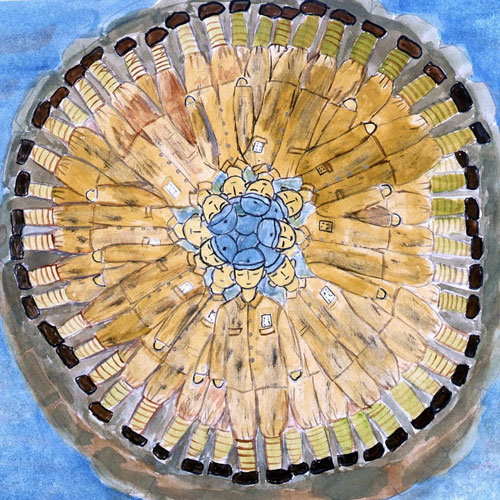
Drawings by Hiroshima Survivors
Japan
A curated selection of drawings and paintings, most of which were collected in 1974, 1975 and 2002, are records of the atomic bombing by Hiroshima citizens by the Hiroshima Peace Memorial Museum.
James Acord
United States
James Leroy Acord was an artist who worked directly with radioactive materials and was the only private individual in the world licensed to own and handle radioactive materials.
Takashi Arai
Japan
Takashi Arai does not see daguerreotype as a nostalgic reproduction of a classical method; instead, he has made it his own personal medium, finding it a reliable device for storing memory that is far better for recording and transmitting interactions with his subjects than modern photography.-
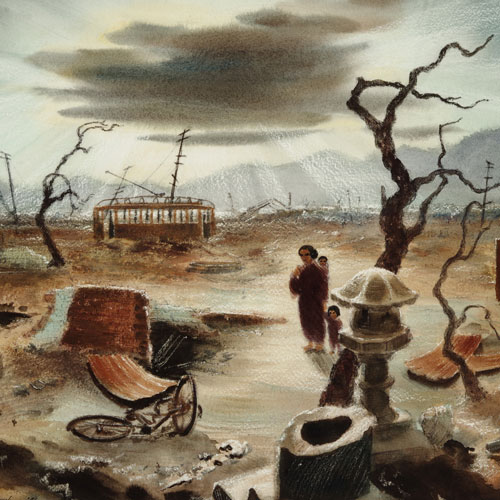 Standish Backus
Standish BackusUnited States
Standish Backus, Jr. (April 5, 1910 – October 12, 1989) was a United States military artist. -
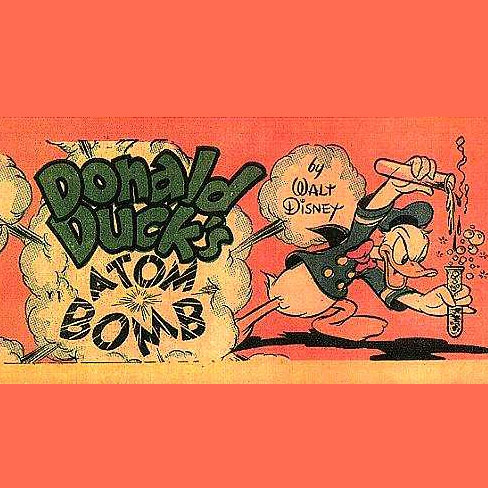 Carl Barks
Carl BarksUnited States
Carl Barks was an American cartoonist, author, and painter best known for his work in Disney comic books, as the writer and artist of the first Donald Duck including the 1947 comic book Donald Duck’s Atom Bomb -
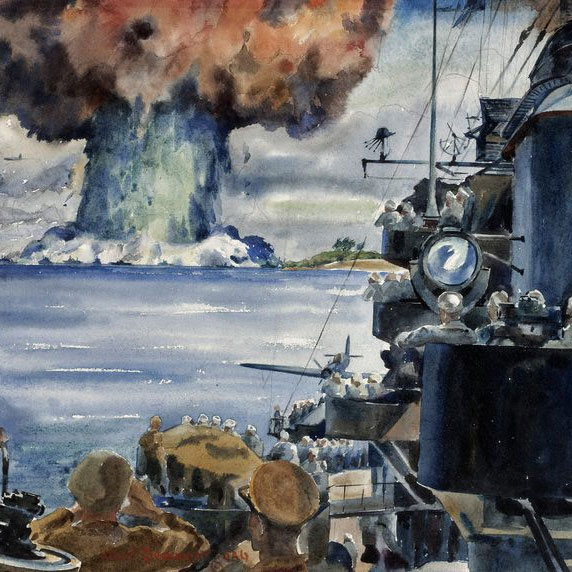 Arthur Beaumont
Arthur BeaumontUnited States
Arthur Beaumont was an official artist for Operation Crossroads – a series of nuclear tests that took place in the Marshall Islands -
 Gordon Belray
Gordon BelrayCanada
Gordon Belray is a visual artist from Toronto, Canada. He compiles historical narratives from lens-based archives using numerous manipulated stills and photographs aided by maps, street views and historical accounts. -
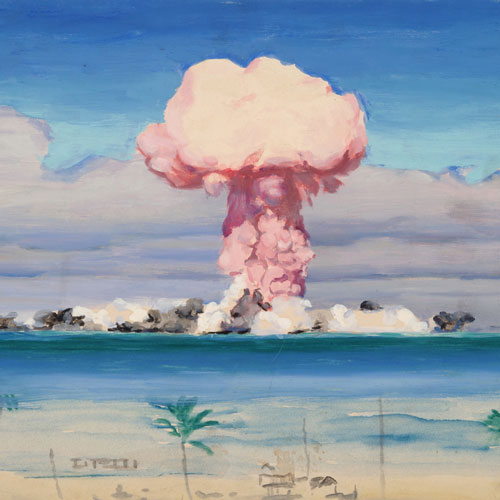 Charles Bittinger
Charles BittingerUnited States
Charles Bittinger (June 27, 1879 – December 18, 1970) was an American artist who explored the use of scientific techniques for artistic purposes. In 1946, he was one of the artists invited by the U.S. Navy to witness and making paintings of the first atomic explosions at the Bikini Atoll. -
 Chim↑Pom
Chim↑PomJapan
Chim↑Pom is an artist collective formed in 2005 in Tokyo with members Ryuta Ushiro, Yasutaka Hayashi, Ellie, Masataka Okada, Motomu Inaoka, and Toshinori Mizuno. -
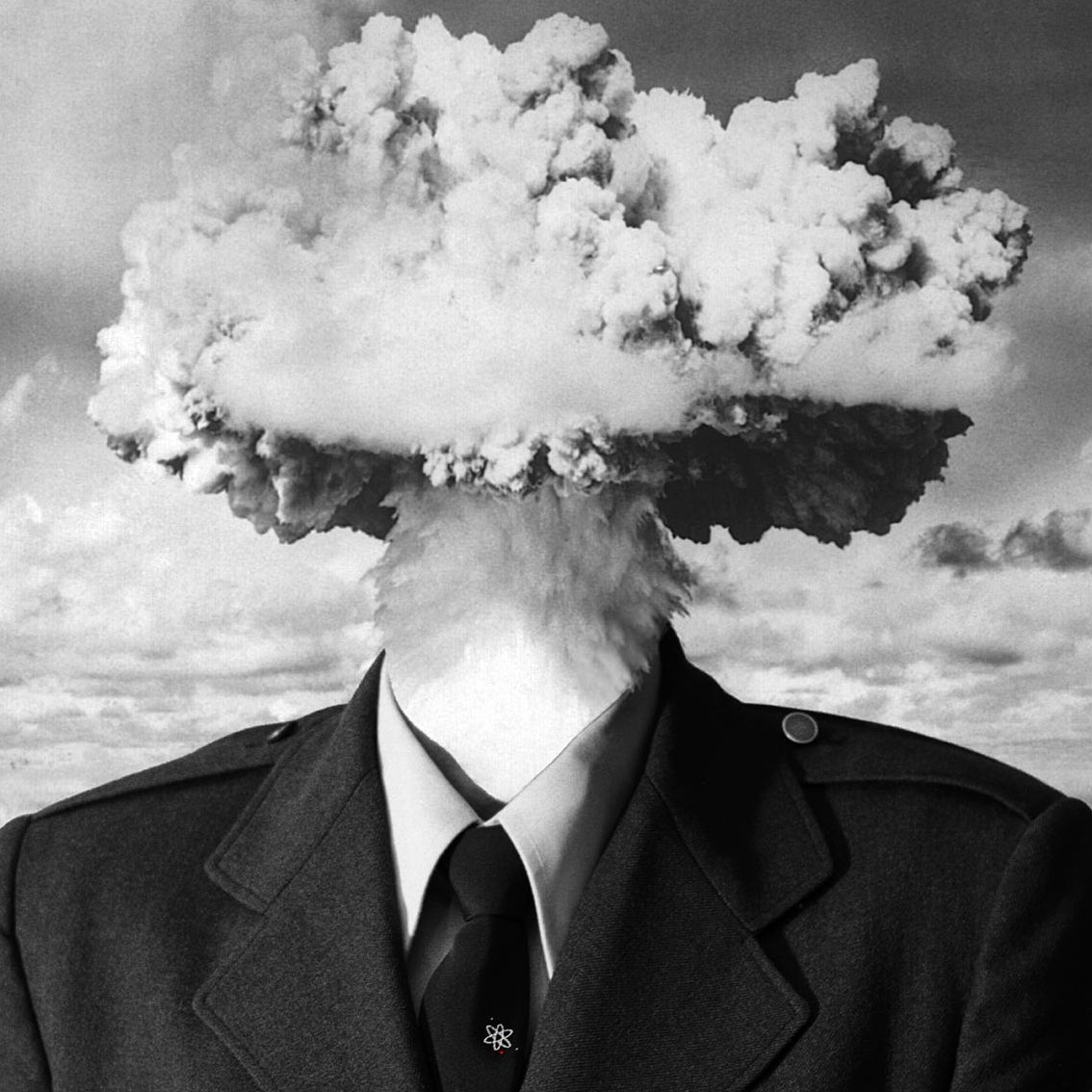 Bruce Conner
Bruce ConnerUnited States
Bruce Conner (1933–2008) was a pioneering artist known for his multifaceted contributions to American postwar art, spanning film, assemblage, drawing, and photography -
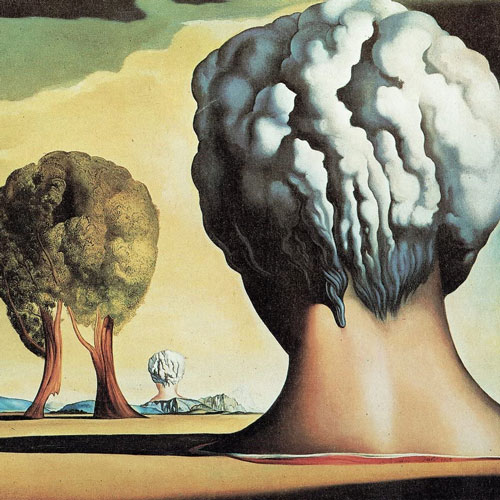 Salvador Dali
Salvador DaliSpain
Salvador Dalí (1904–1989), the iconic Spanish surrealist, in the mid-1940s, following the advent of nuclear physics and the detonation of atomic bombs, Dalí entered what he called his “Atomic Period.” -
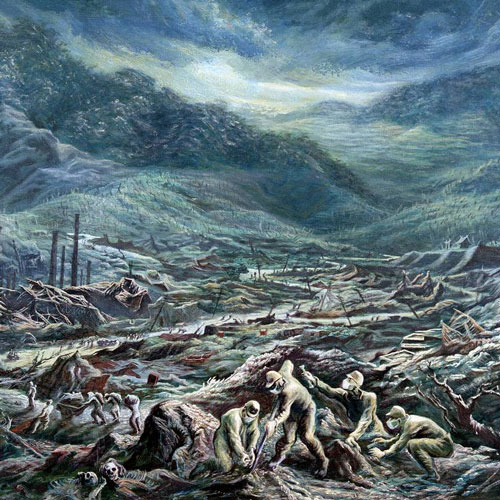 Robert MacDonald Graham
Robert MacDonald GrahamUnited States
Robert MacDonald Graham was in Nagasaki from September to November 1945, but few of his war works remain. 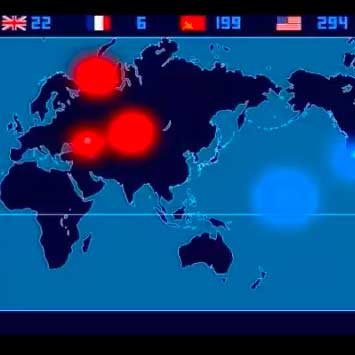
Isao Hashimoto
Japan
After 17 years of working in financial industry as a foreign exchange dealer, studied at Department of Arts, Policy and Management of Musashino Art University, Tokyo. As curator, worked for Lalique Museum, Hakone, Japan for 15 years, and currently working for Hiroshima Peace Culture Foundation.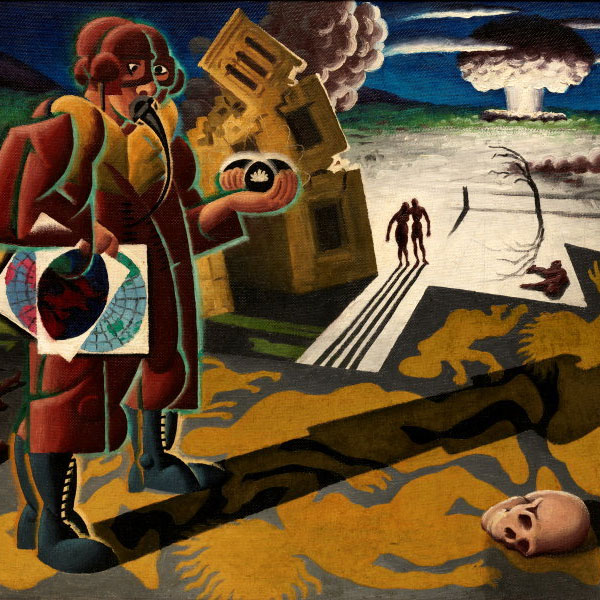
Weaver Hawkins
England/Australia
Harold Frederick Weaver Hawkins (1893–1977) was an English painter and printmaker working with the techniques of etching, monotypes, linocuts and woodcuts. He specialized in “ambitious, sometimes mural-sized, modernist allegories of morality for an age of atomic warfare and global over-population.-
 Cornelia Hesse-Honegger
Cornelia Hesse-HoneggerSwitzerland
Cornelia Hesse-Honegger (1944 – ) is a Swiss Scientific illustrator and visual “knowledge artist”. Your Insect -Pictures been exhibited internationally in museums and galleries and blurs the border between art and science, presenting insects as a testimony to a beautiful and threatened world of life. -
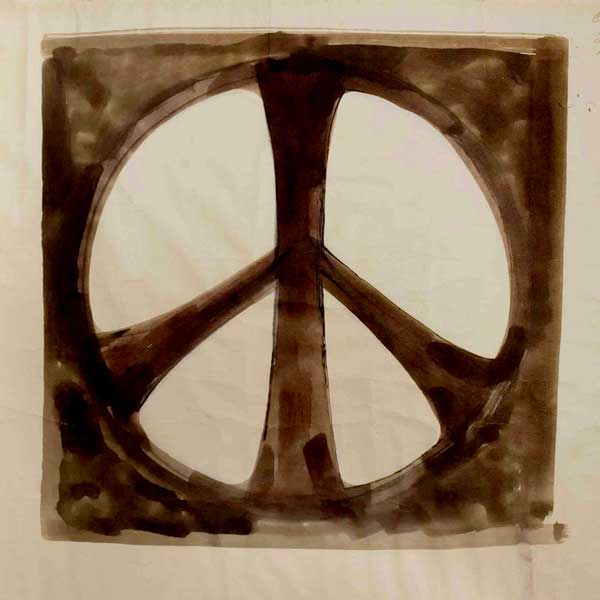 Gerald Holtom
Gerald HoltomEngland
British artist and designer who created the peace symbol, also known as the Nuclear Disarmament symbol or ND symbol, was created in 1958 to symbolize the hope for nuclear disarmament and peace in the wake of the Cold War arms race. -
 Ishirō Honda
Ishirō HondaJapan
Godzilla, the iconic monster, was created by the Toho Company and first brought to life in 1954 by director Ishirō Honda in a film that served as a metaphor for the devastating effects of nuclear weapons. -
 Miyako Ishiuchi
Miyako IshiuchiJapan
Miyako Ishiuchi is a Japanese photographer known for her large scale photographs of clothes of victims from the atomic bombing of Hiroshima. 
Peter Kennard
England
Peter Kennard is an English photomontage artist and Professor of Political Art at the Royal College of Art best known for the images he created for the Campaign for Nuclear Disarmament (CND) in the 1970s–80s.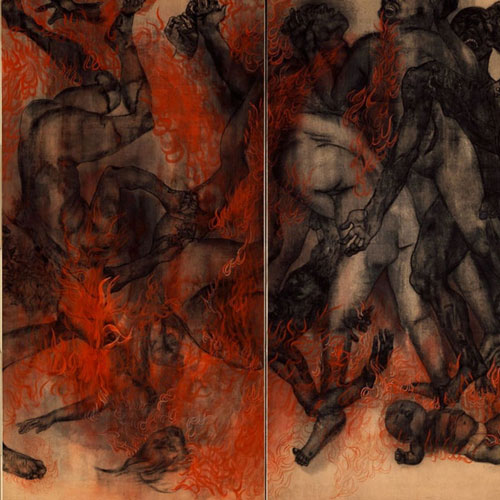
Toshi Maruki & Iri Maruki
Japan
Toshiko Maruki 丸木俊 (Akamatsu) and Iri Maruki 丸木位里 are collaborative artists who traveled to Hiroshima just days after the atomic bombing and dedicated their lives to painting the famous Hiroshima Panels amongst other notable works.
David McMillan
Canada
When I first photographed in the Chernobyl Exclusion Zone in 1994, I wasn’t sure what I’d find or if I’d be allowed to photograph freely. However, the trip proved highly productive and I was left feeling there was much more to see and photograph.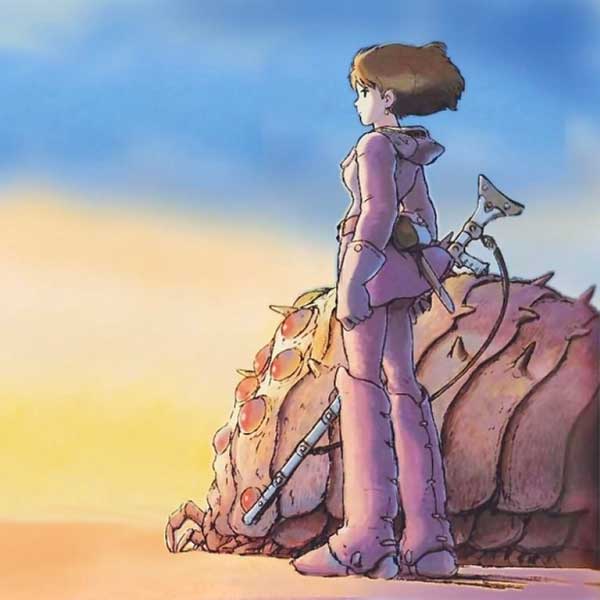
Hayao Miyazaki
Japan
Hayao Miyazaki is the visionary director and creator behind the animated masterpiece “Nausicaä of the Valley of the Wind,” set in a post-apocalytic world.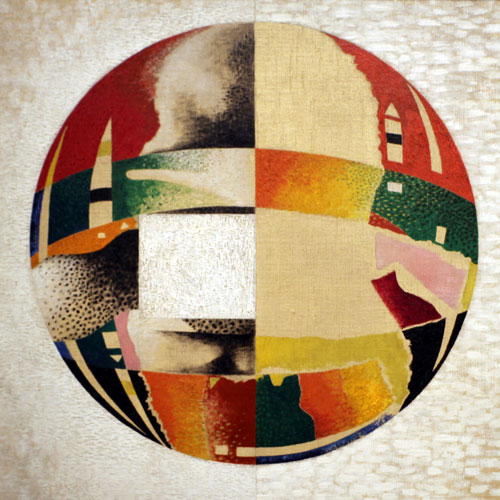
László Moholy-Nagy
Hungary
László Moholy-Nagy was a Hungarian painter and photographer as well as a professor in the Bauhaus school. He was highly influenced by constructivism and a strong advocate of the integration of technology and industry into the arts.
Henry Moore
England
Henry Moore was a renowned British sculptor known for his monumental and abstract works, utilizing organic and biomorphic forms to explore the relationship between sculpture, landscape, and the human figure.
Patrick Nagatani
United States
Patrick Nagatani (1945-2017) was a professor emeritus in the Department of Art & Art History at the University of New Mexico. A major survey of his work from 1978-2008 opened at the UNM University Art Museum and the Japanese American National Museum in Los Angeles. His book Desire for Magic has recently been published.
Keiji Nakazawa
Japan
Keiji Nakazawa was a Japanese manga artist and survivor of the atomic bombing of Hiroshima, whose semi-autobiographical work “Barefoot Gen” vividly depicted the horrors and aftermath of the bombing, leaving a lasting impact on readers worldwide.
Tatsumi Hijikata and Kazuo Ohno
Japan
Butoh (Dance of Darkness), a form of avant- garde dance originating in Japan in 1959 created by Tatsumi Hijikata and Kazuo Ohno, started as a reaction against Western influences in Japanese culture after the Second World War.
Taro Okamoto
Japan
Tarō Okamoto was a Japanese artist, art theorist, and writer known for his avant-garde paintings and public sculptures and murals, and for his theorization of traditional Japanese culture and avant-garde artistic practices.
Trevor Paglen
United States
Trevor Paglen is an American artist, geographer, and author whose work tackles mass surveillance and data collection.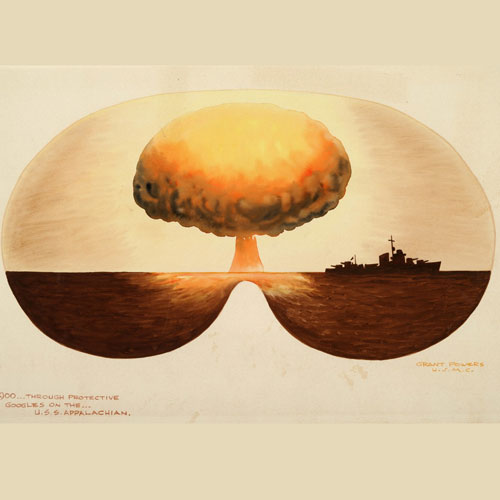
Grant J. Powers
United States
Grant J. Powers was an official USMC combat artist who recorded the first two atmospheric nuclear weapon tests at the Bikini Atoll in the Marshall Islands.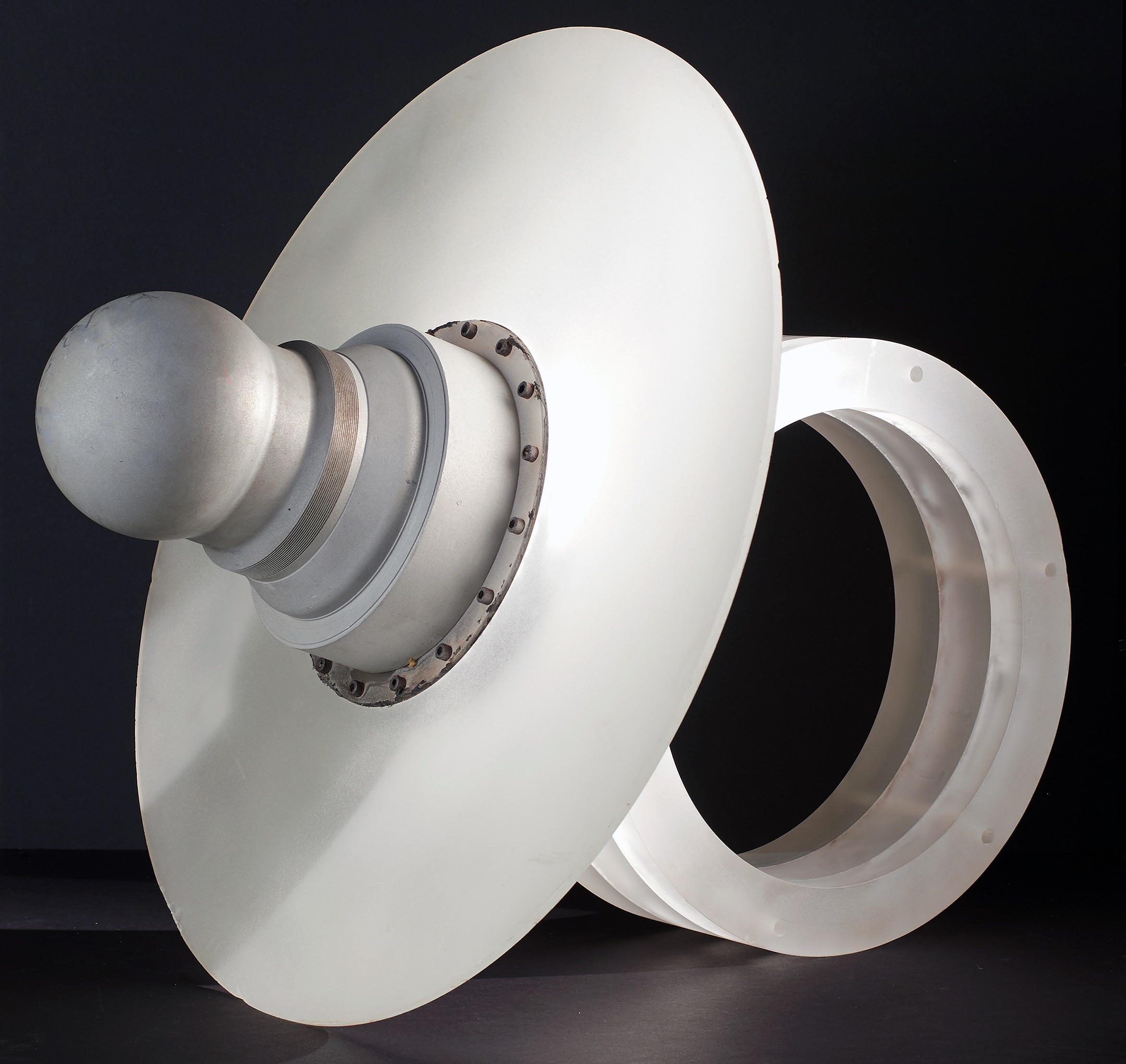
Tony Price
United States
Tony Price (1937–2000) was a junk artist, painter, sculptor, self-styled “Atomic Artist” and outspoken anti-nuclear activist.
Mark Ruwedel
United States
Mark Ruwedel documents traces and imprints of human activity on the earth.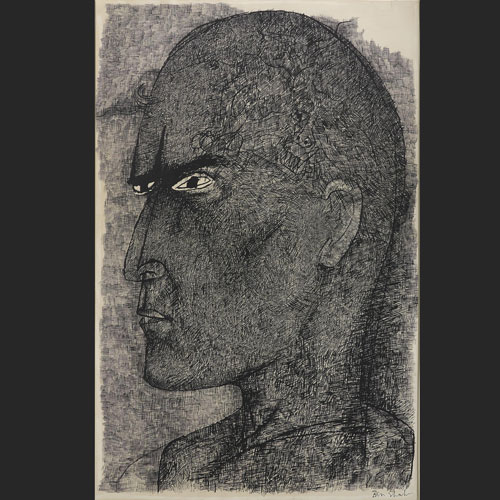
Ben Shahn
United States
Ben Shahn was an American artist best known for his works of social realism and his left-wing political views. He did an illustrated series, called Lucky Dragon No. 5, about the Daigo Fukuryū Maru, the Japanese fishing boat caught in the Bikini Atoll hydrogen bomb blast.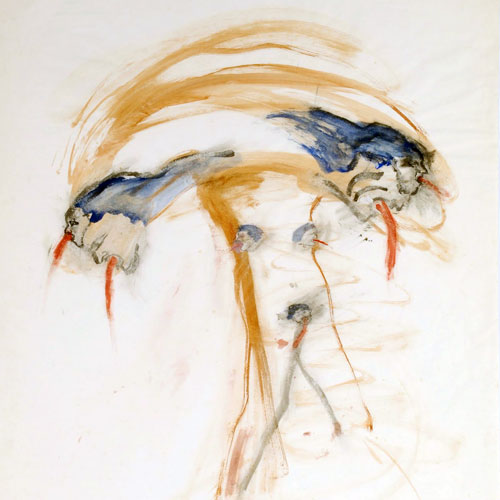
Nancy Spero
United States
Nancy Spero (1926–2009) was an American artist known for her politically charged, feminist, and anti-war works that spanned more than five decades.
Osamu Tezuka
Japan
Osamu Tezuka, often referred to as the “Godfather of Manga,” was a prolific and influential Japanese manga artist, animator, and storyteller, known for his creative genius, versatile style, and significant contributions to the medium.
Unknown Fields
U.K./Australia
The Unknown Fields Division is a nomadic design research studio that ventures out on expeditions to the ends of the earth to bear witness to alternative worlds, alien landscapes, industrial ecologies and precarious wilderness.
Shōmei Tōmatsu
Japan
Shomei Tomatsu was a renowned Japanese photographer known for his powerful and thought-provoking images capturing the aftermath and social impacts of the atomic bombings of Hiroshima and Nagasaki.
Ursula Schulz-Dornburg
Germany
Ursula Schulz-Dornburg, born 1938 in Berlin, is a German photographer and artist known for the conceptual series (mostly black and white) photographs. She lives and works in Düsseldorf.

